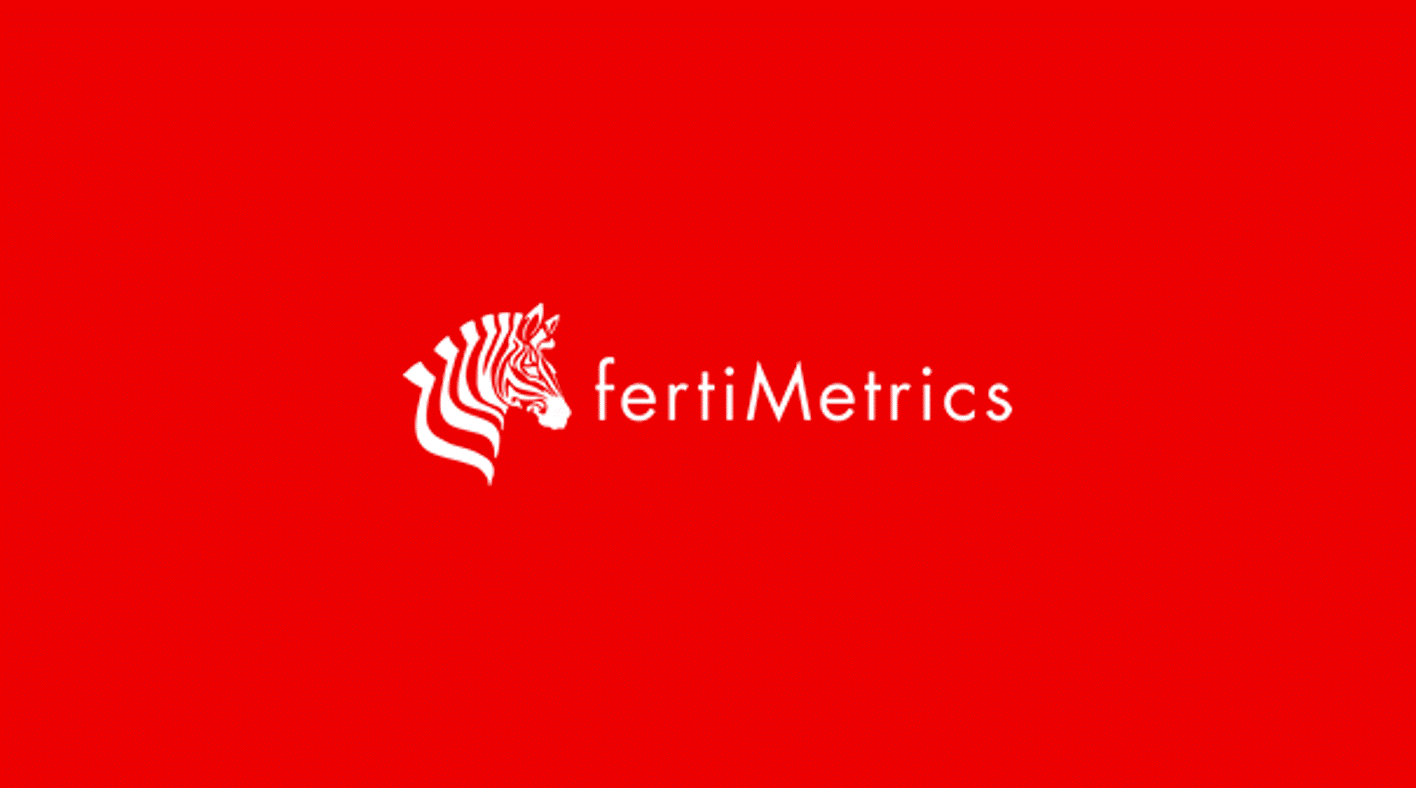Insight Focus
- Processed phosphate prices are expected to remain strong.
- Granular potash prices in Brazil the lowest since march 2021.
- The ammonia market is bracing itself for substantial price correction.
The end of the year festive season appears not to be a gentle time for the global urea market with Santa Claus bringing ever lower urea FOB prices at all origins. A granular urea tender in Indonesia is said to have been scrapped with a price discovery of USD 321.50 PMT FOB versus last tender price of USD 342.50 PMT FOB. Sluggish demand in Brazil is not encouraging news for producers with importers showing no interest even at USD 320 PMT CFR with bids of USD 300 PMT finding no sellers. This standoff appears to last well into 2024. European buyers as well as the NOLA market are showing lack of willingness to help support prices. Any hope of an India urea tender is fading with inventories in India reported around the government set level of 6 million MT thus even if India should come into the market in January, the import target could be as low as 500 KT. Iranian products are disrupting markets in both Turkey and Brazil now offering as low as USD 310 PMT FOB with bids coming in between USD 290-300 PMT FOB. The big question now lingering is where the floor is going to be set for international urea prices – are we seeing the chance of urea being traded sub USD 300 PMT FOB Middle East – or has the floor now been reached. Major markets like Brazil, NOLA, Europe and India need to step in individually or collectively in order to stop further erosion of urea prices in the weeks to come.
Imports of urea to Brazil through November is reported at 6.369 million MT vs 6.398 million MT Y/Y. Australian imports through October came in at 2.971 million MT vs 2.677 million MT Y/Y. The US imported through October 4.126 million MT vs 4.085 million MT Y/Y. US exports dropped to 722 KT vs 1.3 million Y/Y.
The processed phosphate market saw India buy a reported DAP lot from OCP Morocco at USD 595 PMT CFR on the back of a rumored India government increasing subsidies for the remainder of the Rabi season to appease fears of product not being available for farmers. This action could also have come with the anticipation of a general election in 2024. The current benchmark DAP price in India is about USD 100 PMT down from its 2023 peak. Prices on processed phosphates internationally are expected to increase with China appearing not to engage with any exports in any meaningful way until the end of their domestic season in April 2024. Brazil MAP price is holding firm at USD 560-565 PMT CFR although SSP appears to be the preferred product offering a better per nutrient value vs MAP now priced at between USD 190-225 PMT CFR for 18-20% product.
MAP imports to Brazil through November is reported at 4.810 million MT vs 3.837 million MT Y/Y, an increase of 25%. Russian producers took the lead with 2.17 million MT followed by Saudi Arabia at around 900 KT. Australia imported through October 616 KT MAP vs 872 KT Y/Y. The US saw a substantial increase in imports of MAP through October vs the year before at 1.103 million MT vs 631 KT. DAP imports rose too for the same period to 1.216 million MT vs 456 KT.
The outlook for processed phosphate prices are stable to strong for the next couple of months.
The global potash market follows that of urea with prices for granular MOP in Brazil falling to around the USD 310-320 PMT CFR range, down USD 10 PMT week on week, the lowest level since March 2021. Price index is down 38.8% since the start of 2023 when the index was assessed at USD 500-515 PMT CFR. Other markets in Europe and SE Asia appear to be unchanged from last week with the possibility of prices coming down. In summary, the outlook for potash is bearish for the next few months.
Imports of granular MOP in Brazil through November are reported at 12.349 million MT vs 11.294 million MT Y/Y, an increase of 9.3%. Canada exported 18.428 million MT through October this year vs 18.369 million MT the year before. US imports were stable at 9.636 million MT vs 9.216 million MT the year before.
The global ammonia market is holding its breath for substantial price corrections coming into force at the beginning of the new year on the back of increased inventories and sluggish demand. OCP Morocco apparently bought ammonia at USD 525 PMT CFR vs the Tampa CFR December settlement of USD 625 PMT CFR. Moreover, a rumour persists in the market that an Iranian cargo has been sold to Turkey at USD 470 PMT CFR although this sale has yet to be confirmed.
The Dutch TTF this week settled as low as USD 11.06 MMBTU equivalent making ammonia production cost ex-works as low as USD 430 PMT before emission costs. This price is well below the last shown import price in Europe and gives European producers something to think about around the festive period.














